Safety Benefits of Yellow Timing Increase Documented in Denver
A Rocky Mountain News investigation reveals that Denver city officials and police made no effort whatsoever to track the performance of their public safety program (a.k.a. red light cameras) beyond counting the 11,200 tickets worth $840,000 that had been issued between June and November. Redflex Traffic Systems, the Australian company that operates the automated ticketing machines at four intersections in return for a cut of the profits, did not submit a single report to the city regarding maintenance or calibration of the cameras, despite being required to do so by contract. The city only requested these documents after the Rocky Mountain News made an inquiry to follow up on the program’s performance. Doh! Another interesting discovery: increasing the duration of the yellow signals has had a greater safety impact than the use of red light cameras in Denver, Colorado. That’s the conclusion of a
In May, the same newspaper had forced Denver to increase the duration of yellow at the camera-monitored intersections by documenting how the city used yellow times of 3.0 seconds and under– violating federal law in at least one case. At the posted 45 MPH intersection of northbound Quebec Street and 36th Avenue, the yellow increased from 3.0 to 5.0 seconds. Yellow rose from 3.0 to 4.0 seconds at both eastbound Sixth Avenue at Kalamath and westbound Eighth Avenue at Speer Boulevard. Yellow increased just half a second at eastbound Sixth at Lincoln Street to 3.5 seconds.
At the first three locations, Redflex had tested the number of “violations” that happened at each intersection when the yellow light was set to last 3.0 seconds, counting 125 in a 12-hour period. With the longer yellow, the new police data show a daily average of between nine and sixteen violations in a 24-hour period; a drop of approximately 90 percent. This matches the long-term benefit of longer yellow documented after a similar lengthening took place at a Fairfax County, Virginia intersection. The camera at Sixth and Lincoln experienced less of a benefit– an average of 53 daily violations– after receiving the smallest increase of 0.5 seconds of extra yellow.
More by The Newspaper
Latest Car Reviews
Read moreLatest Product Reviews
Read moreRecent Comments
- TheEndlessEnigma Not only do I not care about the move, I do not care about GM....gm...or whatever it calls itself.
- Redapple2 As stated above, gm now is not the GM of old. They say it themselves without realizing it. New logo: GM > gm. As much as I dislike my benefactor (gm spent ~ $200,000 on my BS and MS) I try to be fair, a smart business makes timely decisions based on the reality of the current (and future estimates) situation. The move is a good one.
- Dave M. After an 19-month wait, I finally got my Lariat hybrid in January. It's everything I expected and more for my $35k. The interior is more than adequate for my needs, and I greatly enjoy all the safety features present, which I didn't have on my "old" car (2013 Outback). It's solidly built, and I'm averaging 45-50 mpgs on my 30 mile daily commute (35-75 mph); I took my first road trip last weekend and averaged 35 mpgs at 75-80 mph. Wishes? Memory seats, ventilated seats, and Homelink. Overall I'm very pleased and impressed. It's my first American branded car in my 45 years of buying new cars. Usually I'm a J-VIN kind of guy....
- Shipwright off topic.I wonder if the truck in the picture has a skid plate to protect the battery because, judging by the scuff mark in the rock immediately behind the truck, it may dented.
- EBFlex This doesn’t bode well for the real Mustang. When you start slapping meaningless sticker packages it usually means it’s not going to be around long.
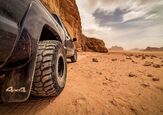
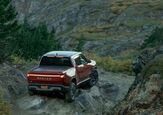
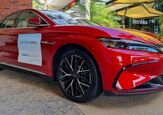













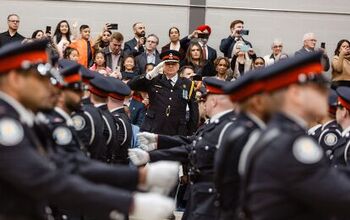
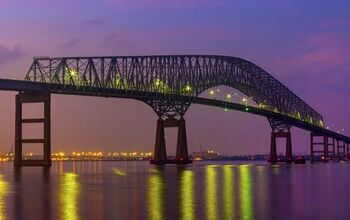

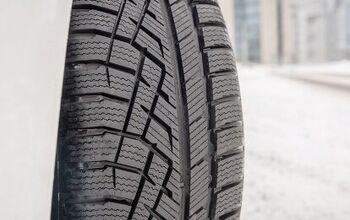

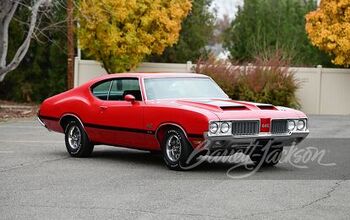
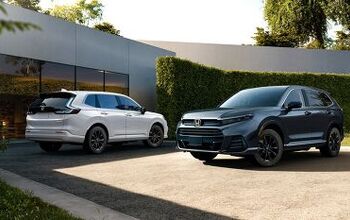
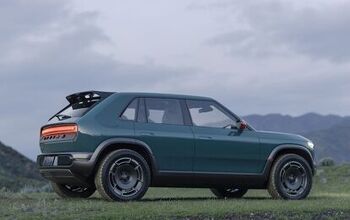

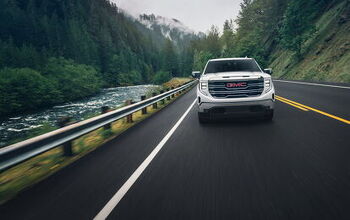
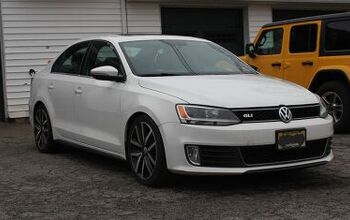
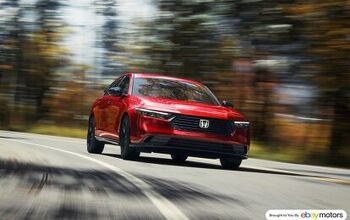

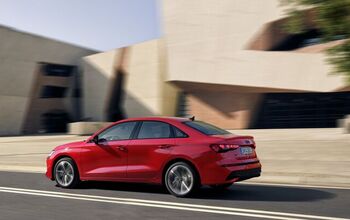
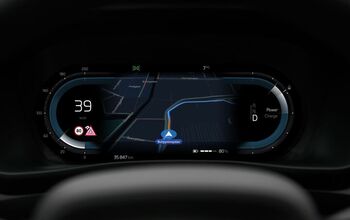

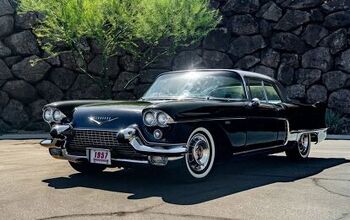

Comments
Join the conversation
No, Pch, you haven't posted squat backing up your theory either - the TTI study showed that 50% of people complied right away, but did not track long-term compliance. That still leaves 50% of people who don't comply, which would, to an honest man, suggest a combination of yellow times + cameras.